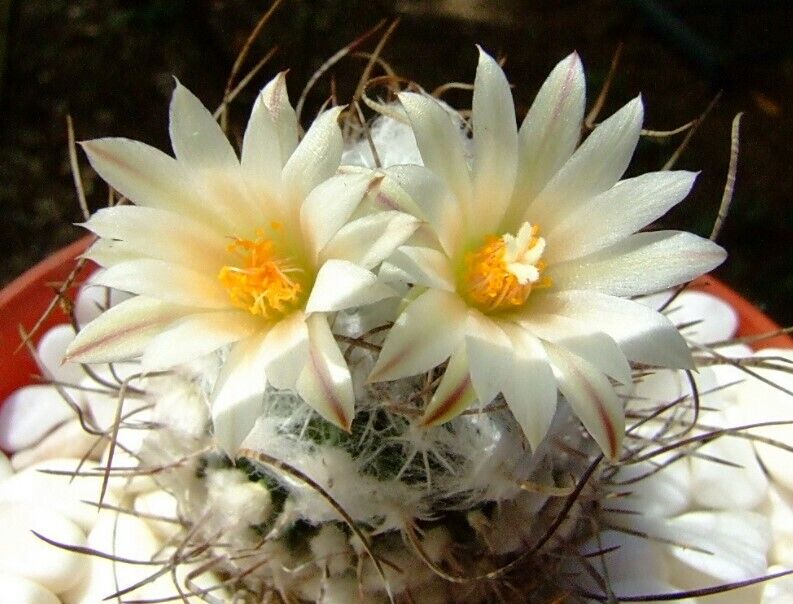- Seeds
Turbinicarpus dickisoniae ARAMBERRI form CRESTED SEEDS
Turbinicarpus dickisoniae ARAMBERRI form CRESTED SEEDS
Couldn't load pickup availability
Product Description
The Turbinicarpus dickisoniae ARAMBERRI form CRESTED is a fascinating variant of the species, known for its unusual crested growth pattern. Unlike the typical dome-shaped form, this crested variant features a fan-like, convoluted structure, giving it a unique and striking appearance. The plant’s surface is adorned with tubercles covered in woolly areoles, from which short, curved spines emerge, usually in shades of white to brown. It produces delicate pink flowers with a lighter center, typically blooming along the crest’s ridges. This rare form is a prized specimen among collectors for its distinctive shape and aesthetic appeal.
IMPORTANT: Please note that the mother plant in the photos is not for sale. This offer includes only the seeds.
Botanical family: Cactaceae
Botanical genus: Turbinicarpus
Botanical species: Turbinicarpus dickisoniae ARAMBERRI
SKU:BA-4545-S


